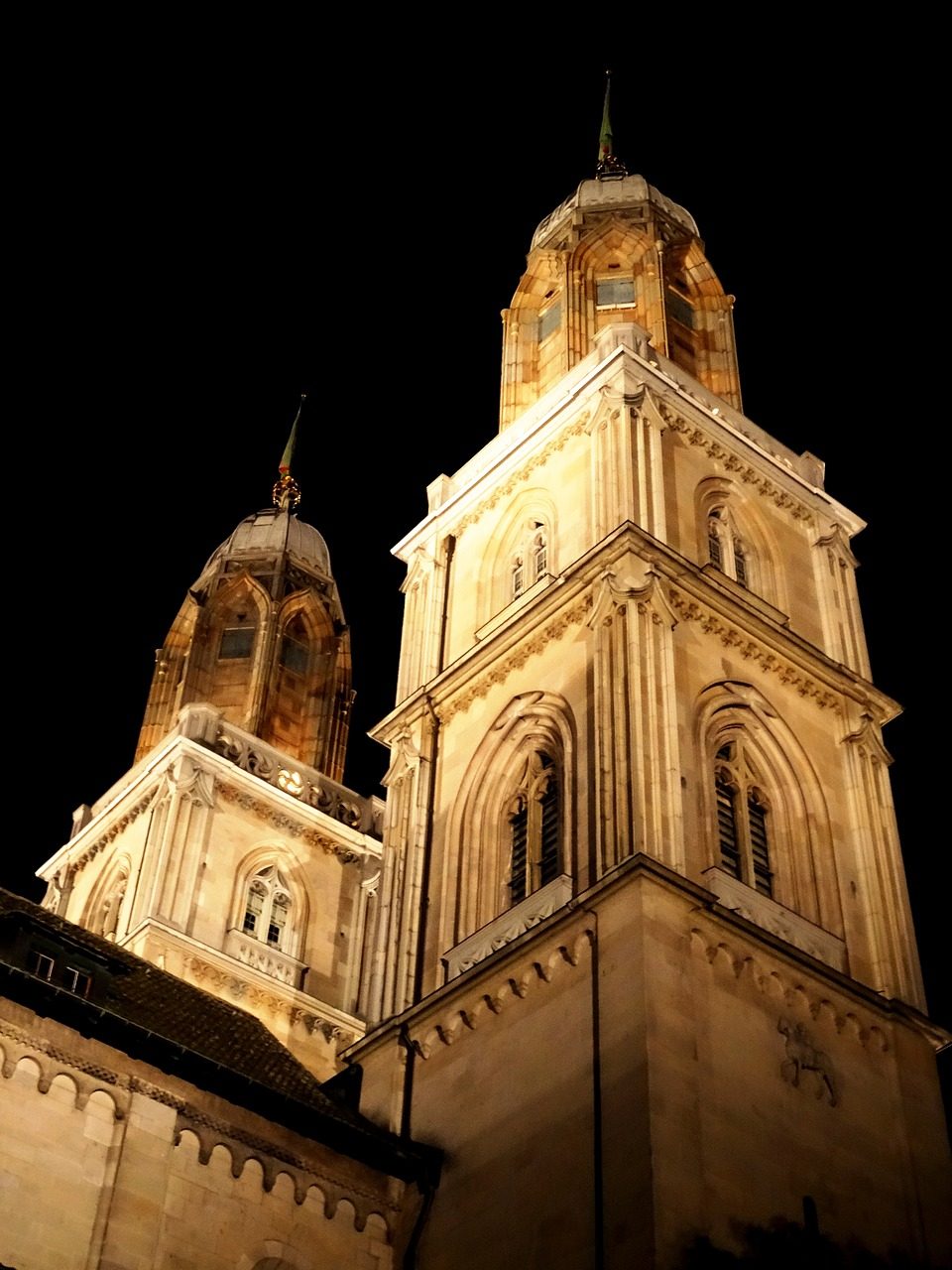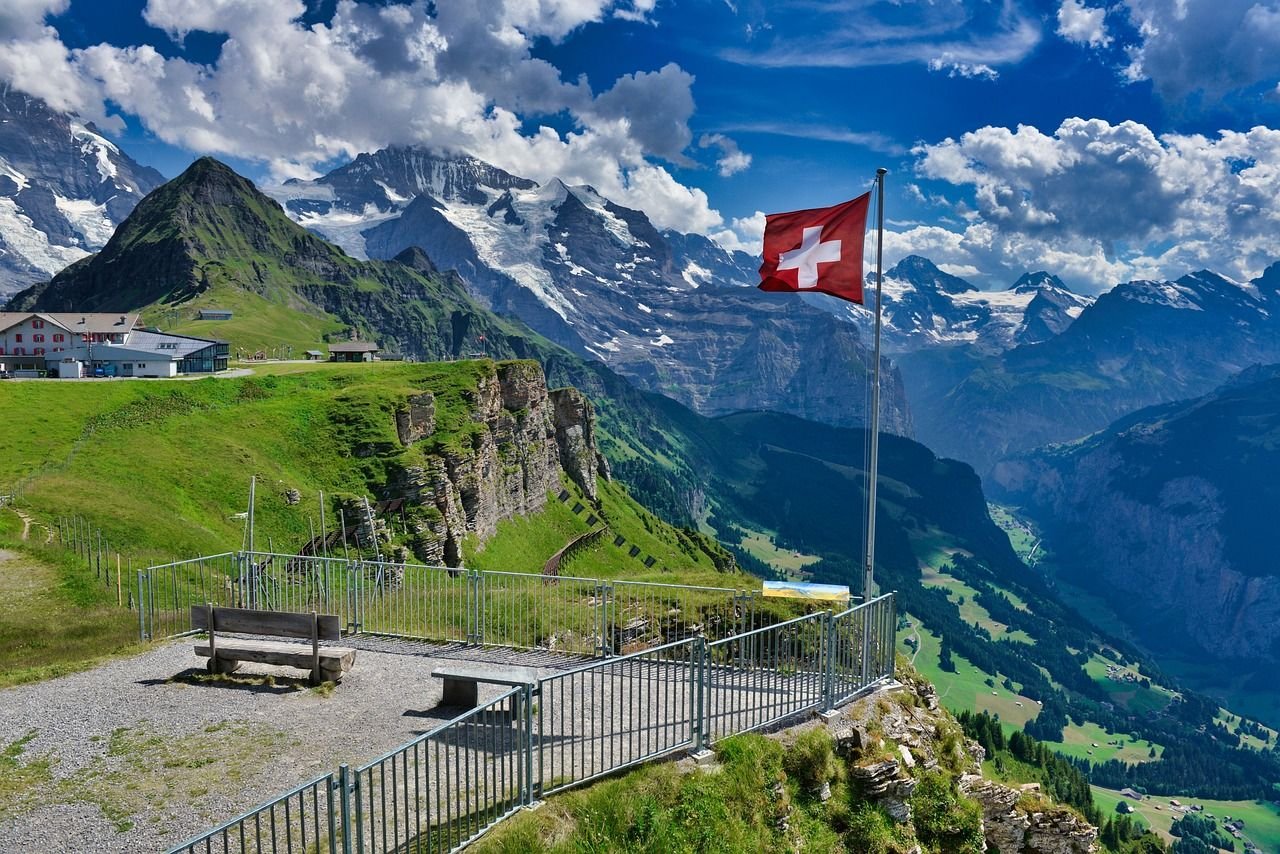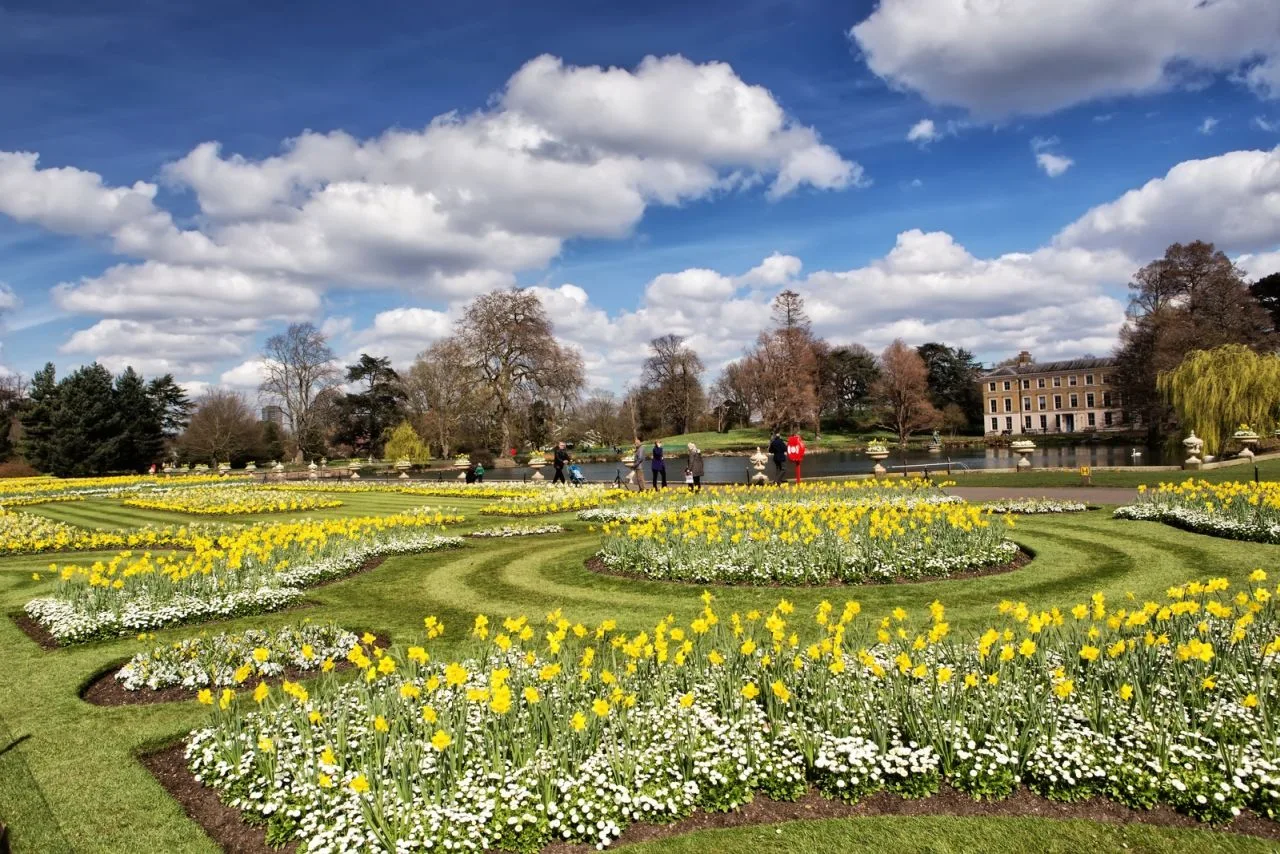Monastiraki, the heart of Athens
Address
Monastiraki, Athens
GPS
37.9764307, 23.7259053
Monastiraki (Greek for “The Little Monastery”) is a market neighborhood in the historic city of Athens, Greece, and is among the main shopping areas in the city. This district is popular with shoppers, as it is home to numerous shops offering clothing, souvenirs, and other specialties, as well as an important tourist attraction in Athens and Attica.
Monastiraki is one of the city’s oldest neighborhoods. The area around Monastiraki square is rich in attractions and is a popular gathering spot for Athenians. From the square’s centre, you can view buildings and signs from a wide variety of time periods and civilizations, as well as a network of roads branching off in all directions.
How to get there
Monastiraki square serves as a gathering place for Athenians and visitors alike due to its central location and the ease with which it can be reached from all across the city. The Syntagma Metro station is only one stop away from the station.
If you take the Metro from the airport, you can get out at the Monastiraki station without changing lines because it is on the blue line. From Piraeus and the port, you can take the green line to Monastiraki and arrive there quickly and easily. You may take a bus or a taxi to the square because of its convenient location close to the road. Monastiraki is about a ten to fifteen-minute stroll from Syntagma square, Plaka, and Thiseio.
History
Monastiraki, a distinct neighborhood under the shadow of the Acropolis, has been continuously inhabited for the past six thousand years! This area is one of the oldest and most culturally significant in all of Western Civilization. During the Greek Revolution against the Ottoman Occupation, the name “Monastiraki” was established.
 It was modelled after the nunnery (female convent) that had previously stood in the same location. The Ancient Agora, the heart of ancient Athens and now a major archaeological monument, may be found there. The Hadrian Library, Roman Agora, and Tower of the Winds are all within easy walking distance of the Monastiraki area.
It was modelled after the nunnery (female convent) that had previously stood in the same location. The Ancient Agora, the heart of ancient Athens and now a major archaeological monument, may be found there. The Hadrian Library, Roman Agora, and Tower of the Winds are all within easy walking distance of the Monastiraki area.
An old river flows beneath the square’s cobblestones. In fact, the riverbed of the Eridanus, the sacred river of the ancient Athenians, presented unprecedented challenges to the construction of the new Metro station. The only section of the river that has been discovered in the current city is in the nearby archaeological site of Kerameikos.
The Monastiraki Metro station houses an archaeological display where you can see some of the remnants of the long-lost riverbed. Even in recent times, Monastiraki served as a bazaar, with vendors peddling everything from fresh fruit and grilled corn to handmade shoes from their sidewalk tables. This is the place to be if you’re on the market for antiques.
Places to visit
Seeing the Tzistarakis Mosque will likely be the second item anyone notices after the Acropolis Hill. The mosque was constructed in 1759 and was named after Mustafa Aga Tzistarakis, the voivode of the city under the Ottoman Empire. Because of the fountain in the plaza, the Lower Sintrivani Mosque gained a second name: Eridanus River Fountain.

After its initial renovation in 1915, it was put to use as a museum of crafts; since 1975, it has been home to a unique collection of pottery from Greece, Cyprus, Ottoman, and modern Turkey. Extensive documentation of the Mosque’s art, artists, and history may be found within its walls. Some of the old shoemakers’ studios can still be seen in the area under the Mosque and along the stretch of Hephaestus Street that is bounded by the Mosque.
The ruins of the Hadrian’s Library, a gift to the city of Athens from the Roman emperor in 132 AD, can be found next to the mosque. Central Theseus, the ancient city he ruled over, is still dominated by the impressive infrastructure that he erected. The Library’s entrance faced the Roman Forum, an enlargement of the Ancient Agora built by Julius Caesar in 10 AD.
What remains of the Byzantine nunnery that occupied the site of today’s square during the Ottoman era is the little church of Pantanassa. It was the private property of a Venetian nobleman when the Franks ruled, and it served as a Catholic church during that time. Today, the periphery is a popular place to hang out for those who are waiting for someone, eating street food, or simply taking a break from doing any of the above.
Athens’ most well-known concentration of kebab joints may be found just inside the main entrance to Mitropoleos Street off the Square. The Armenian-born “Savvas” is the pioneer in the area, opening the first kebab business. The company is still run by the original family. Refugees from Anatolia introduced kebabs to the people of Athens in the 1920s (though the term is often used interchangeably with the Greek word for “gyros,” which is a completely different dish).

As you turn around, you’ll also be confronted by the square’s most unattractive feature: the concrete structures that were erected as a result of zoning laws passed in the 1960s. However, do not lose hope! The thrift store is just around the corner from them. Hephaestus Street and the nearby straits or Jusurum, named after a Jewish old shop owner in the neighborhood, are home to the largest and most contemporary flea market in Athens, making Monastiraki one of the city’s most famous tourist destinations.
The name Yusurum entered the slang of urban Greek and was used as the title of a song by the underground music movement in the 1980s. You should add people-watching to your list of things to do in Monastiraki and do what the locals do and wander the narrow alleyways. Traders at the street market at Yusurum’s entrance will sell you warm chestnuts in exchange for a little donation, and you can buy everything from clothes to shoes to jewelry to records here.
The inaugural auction in the new Greek capital was set to take place at the intersection of Hephaestus Street and Abyssinia Square. The area is well-known now for its antique shops and furniture companies, which not only restore vintage pieces but also produce new pieces modelled after those seen in historic Athens homes. On Sunday afternoons, the traditional delicacies are served at the restaurant among the junk shops, and patrons can enjoy the sounds of an amazing gipsy band while they dine. In the summer, you can have a drink at the bar right across from those popular stores.
You can find the Museum of Greek Folk Musical Instruments if you explore the neighborhood further. About 600 Greek musical instruments from the previous 300 years are on display at the museum and research centre of ethnomusicology housed at the Lassani Mansion.
If you take a stroll down Adrianou Street, you’ll be close to the Ancient Agora, where many of antiquity’s political and social heavy hitters formerly walked. An impressive antique temple will also be visible. It is, of course, Greece’s famed Temple of Hephaestus, one of the country’s oldest and best-preserved buildings. It was built in honor of Hephaestus and Ergani Athena. One of the best things to do in the Monastiraki region is to take a tour of the Ancient Agora.

The Roman Agora can be reached by following the Ancient Agora back towards the Monastiraki square. Many of the colonnades that once encircled this massive rectangular plaza are still visible today. As the world’s earliest meteorological station, the Tower of the Winds stands at the very spot where the Roman Agora once stood. The 8 Wind Gods are etched into the walls of the building. Both locations are recommended by tour operators and locals alike as highlights of the Monastiraki and Athens areas.
At long last, take a few minutes to appreciate the Gate of Athena Archegetis, the Roman entrance to the Ancient Agora. The entrance is truly magnificent, with four massive columns and a pediment made of pristine Pentelic marble. Musicians often perform on the pedestrian street just beyond the gate, lending a touch of romance to the historic site.





